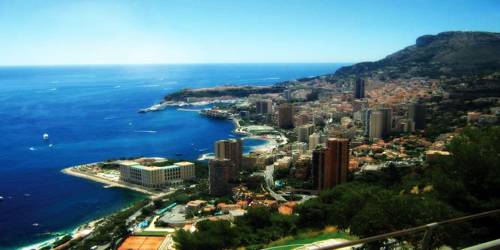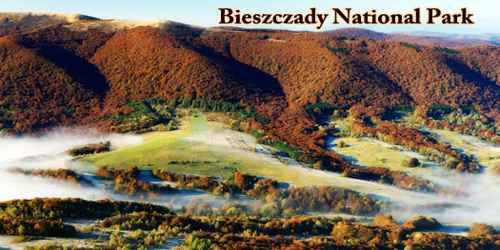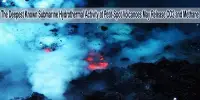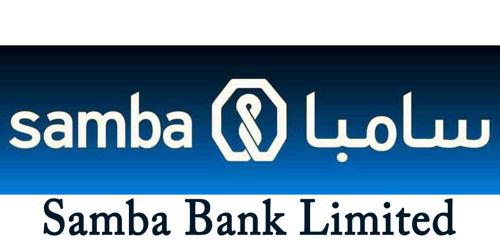Monte Carlo (/ˌmɒnti ˈkɑːrloʊ/, Italian: ˈmonte ˈkarlo; French: Monte-Carlo (mɔ̃te kaʁlo), or colloquially Monte-Carl (mɔ̃te kaʁl); Monégasque: Munte Carlu; lit. “Mount Charles”), resort, one of the four quartiers (sections) of Monaco. It is situated on an escarpment at the base of the Maritime Alps along the French Riviera, on the Mediterranean, just northeast of Nice, France. Nestled on the Mediterranean Sea about 30 minutes east of Nice, this city-state is the most densely populated country in the world.

In 1856 Prince Charles III of Monaco granted a charter allowing a joint-stock company to build a casino. The casino opened in 1861, and five years later the district around it was declared by the prince to be Monte-Carlo. To revitalize the principality’s economy, Monte-Carlo was transformed into a luxuriously beautiful playground for the world’s rich. The casino includes an opera house (1878). The International Sporting Club (1932) is nearby. The gambling tables are open only to visitors to Monaco. The casino operating company, which was taken over by the government in 1967, contributes less than 5 percent of the annual state budget. High-rise hotels and apartment buildings have replaced many of Monte-Carlo’s picturesque villas.
With a harbor full of mega yachts and supercars lining the streets, it is clear luxurious living is the norm in Monaco. What’s also amazing is the small city-state is home to 5 Michelin-starred restaurants including restaurants by celebrity chefs Joel Robuchon and Alain Ducasse.
The municipality of Monte Carlo was created in 1911 when the Constitution divided the principality of Monaco into three municipalities. Monte Carlo encompassed the existing neighborhoods of La Rousse/Saint Roman, Larvotto/Bas Moulins, and Saint Michel. The municipalities merged in 1917, after accusations that the government used them to “divide and conquer”. Since then, they are wards (quartiers). Today, Monaco is divided into 10 wards, with an eleventh planned (but currently postponed) to encompass land reclaimed from the sea (see the “Administrative divisions” section of Monaco for additional details).
The quarter of Monte Carlo was served by tramways from 1900 to 1953. It linked all parts of Monaco (see transportation in Monaco). In 2003 a new cruise ship pier was completed in the harbor at Monte Carlo.
Monte-Carlo also experienced creative soar. Artists from different backgrounds, painters, writers and composers such as Monet, Maupassant, Apollinaire, Sarah Bernhardt, Saint-Saëns, Colette, Caruso, Ravel, and Matisse expressed their talents in the Principality, occasionally jointly, as was the case with l’enfant et les sortilèges, which was composed by Ravel and for which Colette wrote the libretto.
Monte Carlo has been visited by royalty as well as the public and movie stars for decades. Monte Carlo is one of Europe’s leading tourist resorts, although many of the key tourist destinations are in other parts of Monaco, including such attractions as Monaco Cathedral, the Napoleon Museum, the Oceanographic Museum and aquarium, and the Prince’s Palace, all of which are in Monaco-Ville. For much of the year the city is fairly quiet, but for two weeks each year, Grand Prix and Yacht Week, the city comes alive and it becomes even more clear how much money is actually in the city.
Information Sources:
















